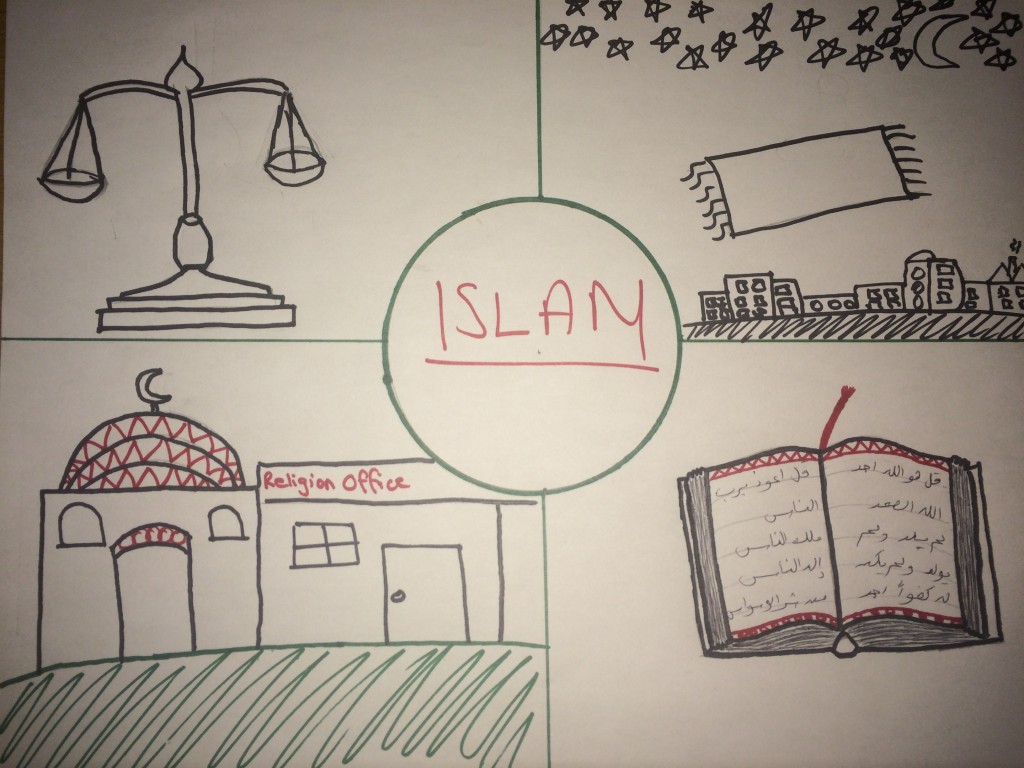The Wedding of Zein
The notion of ‘religious authority’ has for a long time been a misnomer to me, particularly when it comes to Islam. Growing up, I was acutely aware of the varying sources of religious input, each deeming itself the ‘correct’ source with the only valid voice worth hearing. I was also actively taught to be wary of the things I heard and learned with regards to religion, in an attempt to filter out the correct teachings from the wrong. Through my reading of the Wedding of Zein, I found myself drawing linkages between what I read and what I had experienced: religious authority is divided and diluted among many. As we see in the novel, there are four so called ‘factions’ of authority which loosely represent what can be seen in reality, depending on the country and its own traditions and cultural establishments or practices.
The first comes in the form of the Sheikh, seen as the most traditional form of religious authority and also described as a ‘necessary evil’. The sheikh comes to symbolize politicized islam, and the best real life manifestation I could find of him came in the form of groups such as the Muslim Brotherhood which had political goals which were justified by religious ones. This faction can be seen in the lower left corner of my drawing as the ‘religion office’ which serves the purpose of engaging with society on a politico-religious level.
The second faction comes in the form of the gang which essentially run the village – best described as the government – or the balances of justice in the upper left corner. Such a faction may not be religious in and of themselves, but must deal with the necessary evil of the sheikh out of a knowledge that religion forms an ingrained and inextricable part of their society.
The third faction is represented by the mystic, Hanin, who’s spirituality extends above the mundaneness of Earthly material living, reaching directly towards the heavens above. Such is perhaps represented by the Sufi sect of muslims, but can also be likened to a variety of figures depending on country and traditions. One could also say that in general islamic engagement, certain activities aim to allow one to experience transcendence in a way or another.
The fourth, final, and perhaps most important religious authority comes in the form of the holy book, the Quran, and the words of the prophet Mohamed. I wished to represent these varying sources of religious authority in a single diagram. My interpretation is perhaps limited in that it suggests that each of these factions operate independently of each other. Naturally, this is not the case, and it is the varying levels of interaction that these factions have that give rise to drastically different interpretations of Islam around the world.
